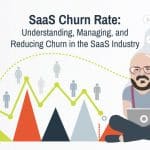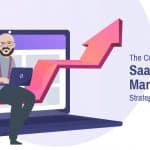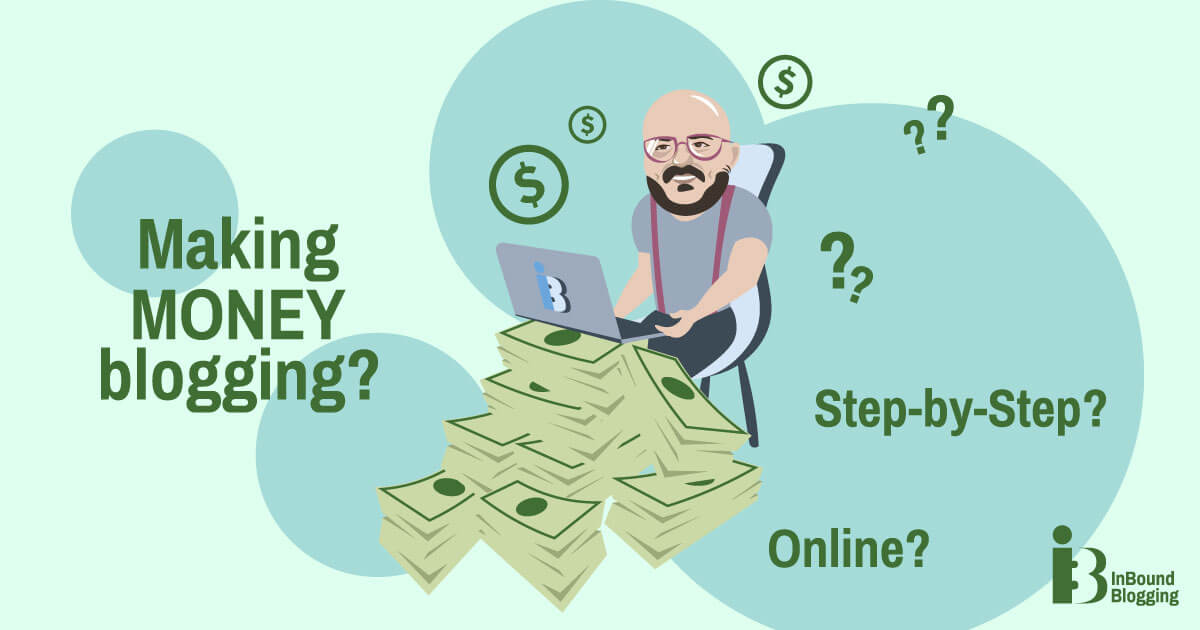Playback speed:
Ever felt the pang of seeing cherished customers slowly fade away, leading to an alarmingly high churn rate? If your answer is affirmative, you understand how vital it is to hold onto your SaaS customer base.
This blog post aims to share with you proven strategies for enhancing SaaS customer retention. From synchronizing team incentives to refining onboarding practices and effectively managing customer support—we’ve got it all covered!
So let’s buckle up and dive into the journey of retaining more of those treasured customers over the long haul.
Customer Retention for Saas Services [Key Takeaways]
- Customer retention is essential for SaaS businesses because it costs less to keep existing customers than to acquire new ones.
- Aligning team incentives around customer retention helps create a culture where everyone is focused on keeping customers happy.
- Prioritizing onboarding and ensuring a smooth and easy experience for new customers can lead to long-term retention gains.
- Providing exceptional customer support, being responsive, and addressing customer concerns promptly are key strategies for retaining SaaS customers.
What Is SaaS Customer Retention?
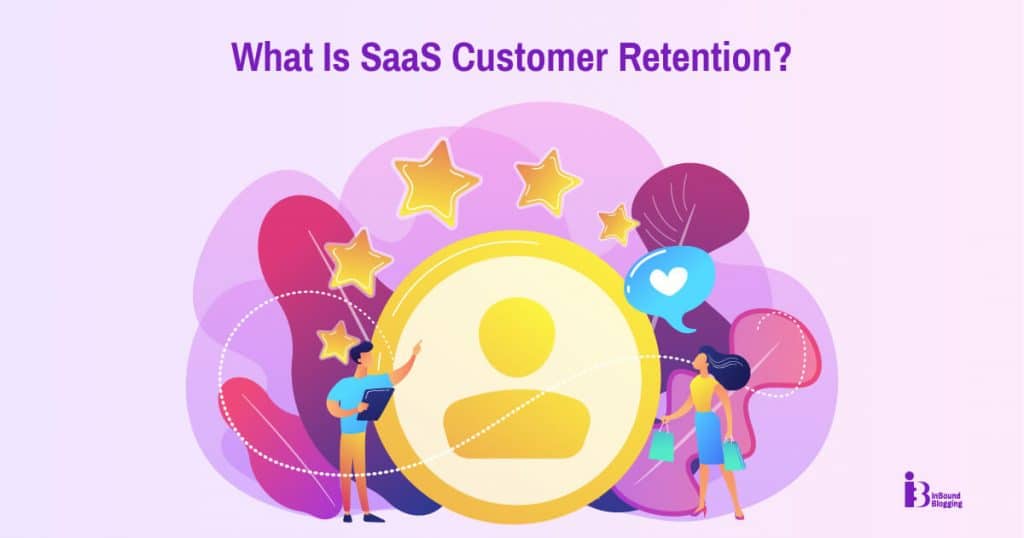
SaaS customer retention refers to the strategies and practices that companies employ to keep their customers engaged and satisfied, ultimately reducing churn rates and increasing revenue growth.
Detailed explanation of customer retention in SaaS
SaaS customer retention is all about keeping customers for a long time. The retention rate is the percentage of clients who stay with your business, without counting the newcomers.
It’s an essential metric to follow, especially for SaaS firms, because every customer usually pays monthly, not just once.
If a customer stays with you longer, you earn more money from them. Therefore, it’s key to making your service so good that customers want to stick around.
The importance of customer retention in SaaS companies
For SaaS companies, retaining customers has a big impact on the bottom line. By keeping current customers happy, you can increase your company’s value. This is because loyal customers often spend more and refer friends to you.
Making sure that your clients remain with you for a long time helps you build a strong business. Churn hurts your growth rate, so you need to work hard to keep it low.
Aligning goals with users’ expectations also plays into this. When everyone on the team knows they have a role in keeping customers, they focus on doing their best for them. This leads to better service, more content customers, and less churn. Onboarding must also be top-notch—а paying customer shouldn’t be left wondering what’s next or how things work.
“We’ve found out over time that the most efficient setup is organizing teams according to stages in the customer lifecycle. While product understanding is essential for all the customer-facing teams, the acquisition phase requires a hunter skillset, unlike the retention phase, which is more of a farmer type of person.” Daniel Musialek, Marketing Product Manager, Product Fruits
What is a good SaaS retention rate?
A high customer retention rate is key to your company’s growth. It means keeping a high number of clients on a long-term basis. If around 90% of customers choose to stay with your service each year, that’s a big win. This low churn rate shows you are doing well in serving your clients’ needs.
So your goal is to keep this rate high at all times. Your profits will show the effort you’ve put in.
The Impact of Customer Churn
Customer churn has a significant negative impact on SaaS companies, resulting in lost expansion opportunities and an increase in customer acquisition costs.
The true cost of customer churn
Losing a customer hurts your business in more ways than one. Aside from losing future sales, there is the unseen cost of missed growth opportunities. Churn also means you have to spend money on getting new customers just to stand still.
There’s no quick fix for this issue, but keeping customers should be your top priority. Each lost customer can make a big cut in profits and slow down the path to success for SaaS companies.
So it’s clear that churn carries a true cost that goes beyond lost revenue.
Lost expansion opportunity
One important impact of customer churn in SaaS businesses is the lost expansion opportunity. When customers leave, it means they won’t be upgrading or purchasing additional products or services from your company.
This can hinder your revenue growth and limit your ability to scale. By focusing on customer retention strategies, such as providing enhanced customer success and customer support, you can reduce churn and maximize the potential for expansion opportunities with existing customers.
Remember, improving early retention through better onboarding can lead to ongoing retention gains. Take the time to understand why some customers choose not to expand their relationship with your company and address those concerns proactively.
Building strong relationships and delivering value consistently will lay a solid foundation for future interactions with your existing clients.
Added customer acquisition costs
Boosting customer retention helps you reduce customer acquisition costs.
Losing current customers means having to invest more resources and money into new customer acquisition. It’s wiser to retain an existing customer than to overspend on generating leads. Make sure you invest in nurturing your current customer base.
By actively working to reduce involuntary churn (due to payment failure), you can increase retention and revenue for your SaaS business.
SaaS owners can minimize added customer acquisition costs and improve their long-term revenue growth rate by implementing customer retention strategies for SaaS and reducing churn.
SaaS Customer Retention Strategies

In this section, we will explore the best practices and strategies that will help you improve SaaS customer retention. From aligning team incentives to providing excellent customer service experiences, our tips will ensure your customers stay engaged and satisfied.
Read on to discover how you can optimize pricing, create a seamless billing experience, and implement product-specific retention strategies to keep your customers coming back for more.
Aligning team incentives around retention
Aligning team incentives around customer retention helps shift the focus to providing benefits to the customer.
Here are 5 common strategies for aligning incentives within a team:
- Modify commission structures: Sales teams can modify commission structures to incentivize customer retention. This helps limit the number of prospects each salesperson handles, allowing more time and effort to be dedicated to existing customers.
- Prioritize lead quality: Marketing teams should prioritize lead quality over volume. By closely collaborating with sales, they can better qualify leads and ensure that only high-quality prospects are pursued.
- Collaborative approach: Encourage collaboration between departments such as marketing, sales, and product teams. This ensures that everyone is working together towards the common goal of retaining customers.
- Open access to feedback: Product teams should have direct and open access to customer feedback. This allows them to make necessary improvements and enhancements based on customer needs and preferences.
- Recognition and rewards: Implement recognition and rewards programs that acknowledge employees who contribute to customer retention goals. This motivates team members to focus on increasing customer retention and provides a sense of ownership and accountability.
“Customer engagement is vital for retention. We keep our users informed and engaged through newsletters, webinars, and blogs, showcasing our industry expertise and product updates. Furthermore, we encourage customer advocacy through referral programs and offer long-term contracts with discounts to provide stability. This approach, coupled with regular check-ins and monitoring of usage metrics, ensures that our customers stay satisfied and loyal, driving our long-term growth and success.” Ryan Jones, Marketing Manager, SEOTesting
Prioritizing onboarding
When it comes to SaaS customer retention, prioritizing onboarding is a must. The way you onboard new customers can determine whether they stay or decide to leave. It’s important to make the onboarding process smooth and easy for them.
By providing clear instructions and support from the start, you can help clients understand your product better. Improving early retention through better onboarding can also lead to long-term retention gains.
So, take the time to invest in creating an excellent onboarding experience that sets your customers up for success with your SaaS product.
Ensuring customer engagement and success
Every SaaS owner is aware of the importance of ensuring customer engagement and success.
Here are 7 strategies to help you achieve this:
- Provide clear onboarding: As mentioned earlier, make sure your customers have a smooth and seamless onboarding experience from the beginning.
- Offer proactive support: Be proactive in addressing any issues or concerns that arise. Reach out to customers regularly to offer assistance and ensure their success.
- Foster a sense of community: Create opportunities for customers to connect, such as through online forums or user groups on social media. Encourage them to share their experiences and help each other succeed.
- Regularly communicate updates and new features: Keep your customers informed about any enhancements or new features that can benefit them. Show them that you are constantly working to improve their experience.
- Offer educational resources: Provide educational content, such as tutorials, webinars, or online courses, to help customers maximize the value of your product.
- Listen to customer feedback: Actively seek feedback from your customers, use it to improve your product, and address any areas of concern.
- Celebrate customer successes: Share success stories and highlight how your product has helped your customers achieve their goals. This not only encourages engagement but also serves as social proof for potential new customers.
“In our restaurant booking system, we constantly engage with customers with the best UI/UX possible and use an inbound methodology to retain them. This would mean creating content based on their pain points. For example, in our case, we would create content around restaurateurs and the problems they face in daily life. Not to mention, a hard-hitting CTA at the end always works the best.” Manav Mathur, Editor, Favouritetable
Providing exceptional customer support
Exceptional customer support is fundamental for retaining customers in the SaaS industry.
Here are 10 B2C and B2B SaaS customer retention strategies to ensure you provide top-notch support:
- Be responsive: Respond to customer queries and issues promptly, ideally within 24 hours or less.
- Personalize interactions: Provide tailored responses to customers based on their specific needs, and address them by name.
- Listen actively: Take the time to understand customer concerns and ask follow-up questions if needed.
- Offer self-help resources: Provide a comprehensive knowledge base or FAQ section that customers can refer to for quick answers.
- Train support staff: Ensure your support team is well-trained and knowledgeable about your product or service.
- Fix problems quickly: Prioritize resolving issues promptly to minimize any negative impact on the customer experience.
- Take ownership of issues: Demonstrate accountability by taking responsibility for resolving customer problems instead of passing them off to other departments.
- Seek feedback: Regularly ask for feedback from customers to identify areas for improvement and address any issues proactively.
- Use multiple communication channels: Offer various ways for customers to reach out, such as email, live chat, or phone, to meet their preferences.
- Go above and beyond: Surprise and delight customers by providing extra assistance or personalized gestures when possible.
“It’s no secret that AI is an incredible helper when it comes to all aspects of customer service, including customer retention. Dedicated tools like chatbots make sure customers are satisfied with their communication with the company. In addition, such tools can react quickly in case there is a risk of churn. While AI software is taking the first steps to prevent the situation, human support agents can take their time to investigate the case and take over communication.” Maryia Fokina, PR & Content Specialist, Tidio
Optimizing pricing for retention
Optimizing pricing is a crucial factor for improving customer lifetime value, customer loyalty, and overall SaaS business growth. By offering pricing plans that meet the needs and preferences of your customers, you increase their satisfaction and reduce the likelihood of them seeking alternatives.
It’s important to find the right balance between providing value and profitability. Customer loyalty programs can also be effective at retaining customers.
Creating a seamless billing experience
Creating a seamless billing experience is another must for SaaS customer retention. When customers have a hassle-free billing process, they are more likely to stay loyal to your business.
Additionally, it is important to provide transparent pricing information so that customers understand what they are paying for. Remember, hidden fees or unexpected charges can lead to frustration and ultimately drive customers away.
By ensuring that your billing system is user-friendly, reliable, and secure, you can enhance the overall customer experience and increase the likelihood of long-term retention.
Product-Specific Retention Strategies
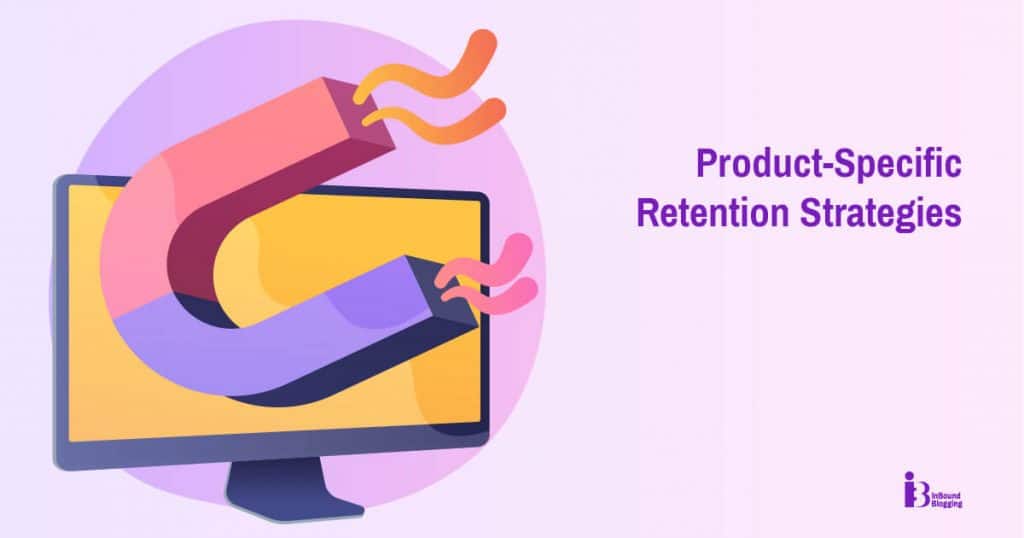
In this section, we will present you with specific methods to keep SaaS customers based on the unique aspects of your SaaS product or service.
Staying on top of potential product issues
As a SaaS owner, it’s vitally important to stay on top of any potential product issues. Thus, you can prevent problems from becoming major headaches for your customers.
One way to do this is by closely monitoring customer feedback and support tickets. This will give you valuable insights into any recurring or widespread issues that need your attention.
Additionally, regularly analyzing product usage data can help you identify patterns or trends that might indicate underlying problems. Taking these steps will allow you to quickly address issues and ensure a positive user experience for your customers.
Engaging inactive users
Engaging inactive users is a popular retention strategy in the SaaS industry. When customers become inactive, it’s important to reach out and re-engage them to keep them coming back.
One effective strategy is to offer rewards or incentives to encourage their continued engagement. You can create a loyalty program that provides money-saving benefits exclusively for your customers. Engaging inactive users through such initiatives or other personalized strategies can help SaaS companies build long-term relationships with their clients. In fact, 78% of consumers are more likely to stay with a brand if it has a loyalty program.
Metrics to Track and Optimize SaaS Retention
When it comes to tracking and optimizing SaaS retention, several key metrics can provide valuable insights into customer behavior and satisfaction. By monitoring these metrics closely and making data-driven decisions based on their findings, companies can effectively improve their SaaS retention rate and drive growth.
Net promoter score (NPS)
Net promoter score (NPS) is a customer retention metric that measures how satisfied and loyal your customers are. It’s important because it gives you insights into customer happiness and helps you identify any issues early on.
By using NPS, or customer satisfaction surveys, you can understand how likely your customers are to recommend your product or service to others.
Churn rate
The customer churn rate is an important metric for measuring customer retention in a SaaS business. It refers to the percentage of customers who stop using your product or cancel their subscription within a given period.
A high churn rate can be costly, as it means losing revenue and potential growth opportunities. On the other hand, a low churn rate indicates that customers are finding value in your product.
By concentrating on reducing churn through some of the best customer retention strategies, such as improving customer onboarding and providing flawless support, you can increase the likelihood of long-term customer relationships and sustainable business growth.
Activation rates
Activation rates are a metric used by SaaS owners to track and optimize customer retention. It refers to the percentage of users who successfully activate or start using your product after signing up.
A high activation rate is important because it indicates that customers are actively engaged with your product and are more likely to continue using it in the long term.
By improving early retention through better onboarding processes, you can increase activation rates and ultimately drive ongoing retention gains. This means providing clear instructions, helpful tutorials, and personalized support during the initial stages of the customer journey.
Customer lifetime value (CLV)
Customer lifetime value (CLV) measures the total value a customer brings to your business over their entire relationship with you. By understanding CLV, you can determine how much revenue you can expect from each customer and make informed decisions about acquisition and retention strategies.
Increasing CLV means maximizing the value of each customer, which leads to higher profits.
Customer acquisition cost (CAC)
Customer acquisition cost refers to the amount of money you spend on average to acquire a new customer for your SaaS business. It includes all the marketing and sales expenses, such as advertising, lead generation campaigns, and salaries for your sales team.
As a SaaS owner, it’s important to track this cost because it directly impacts your profitability. If your customer acquisition cost is too high compared to the revenue you generate from each customer, it can be challenging to grow your business sustainably.
By optimizing your marketing and sales efforts, you can lower your customer acquisition cost and improve your overall financial and customer health.
Boost your business with our custom SaaS SEO strategies—get in touch with us today!
Average revenue per user (ARPU)
ARPU tells you how much revenue each user generates on average. By increasing ARPU, you can grow your revenue without acquiring more customers.
To improve ARPU, you can offer pricing tiers or upsell additional features or services to existing users. This helps maximize the value you get from each customer and boost your bottom line.
Remember, it’s not just about getting more customers but also making the most of the ones you already have.
Monthly recurring revenue (MRR) and annual recurring revenue (ARR)
One of the key metrics for SaaS retention is monthly recurring revenue (MRR), which measures the total revenue generated from subscription fees each month. It reflects the stability and expansion of your loyal customer base.
Annual recurring revenue (ARR) is another important metric, as it calculates the expected revenue you’ll generate annually based on current subscriptions.
Both MRR and ARR are crucial for understanding your SaaS revenue streams and evaluating the success of your business. By working on increasing these numbers, you can ensure a thriving SaaS business for years to come.
Conclusion
Boosting SaaS customer retention is key to software business success. By implementing effective strategies, such as aligning team incentives, prioritizing onboarding, and providing exceptional customer service, companies can reduce churn and increase retention and revenue in the long run.
Tracking key metrics like NPS, churn rate, and CLV allows businesses to optimize their retention efforts. Ultimately, focusing on customer satisfaction and engagement will lead to higher revenue growth and a thriving subscription business. Actively working to reduce churn helps increase retention and revenue for your SaaS business.
FAQs
What are SaaS retention strategies?
Retention strategies for SaaS businesses are plans that help a subscription business keep its customers. They can include pricing optimization, churn reduction, and relying on specific metrics and tools.
How does the customer lifecycle affect user retention?
Each stage of the entire customer lifecycle can influence user retention in a SaaS growth process because it contains important steps like onboarding and activation, which can prevent buyer’s remorse.
Can metrics and tools help my SaaS business with MRR retention?
Yes. Tools like ProfitWell Retain or Delighted can give direct feedback about your service through surveys. This helps you understand your sales tax liabilities for financial compliance and boost retention by understanding willingness to pay or managing payment failure with dunning tactics.
How do I use pricing strategies to improve customer cancellation rates in my subscription business?
Using localization principles to adjust prices based on location is an effective way of pricing optimization. Additionally, offering discounts while pausing subscriptions could stop potential customer cancellations.
What role does customer support play in churn reduction?
Having efficient customer support channels along with informative content aids in churn reduction by dealing promptly with customers’ issues. This leads to a higher user retention rate.
